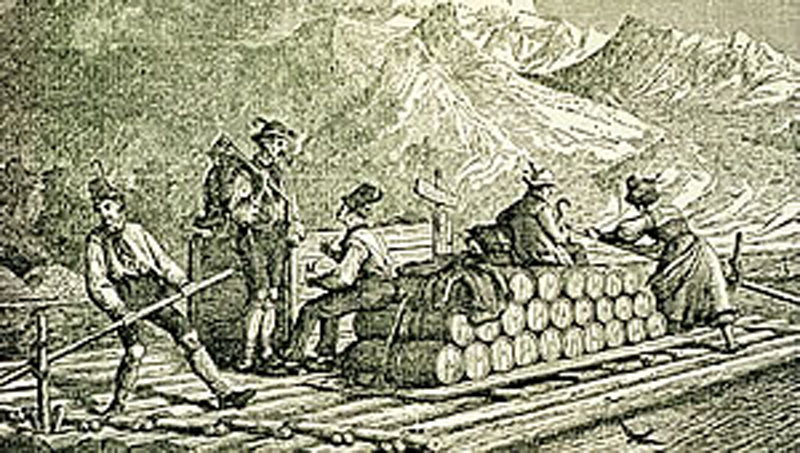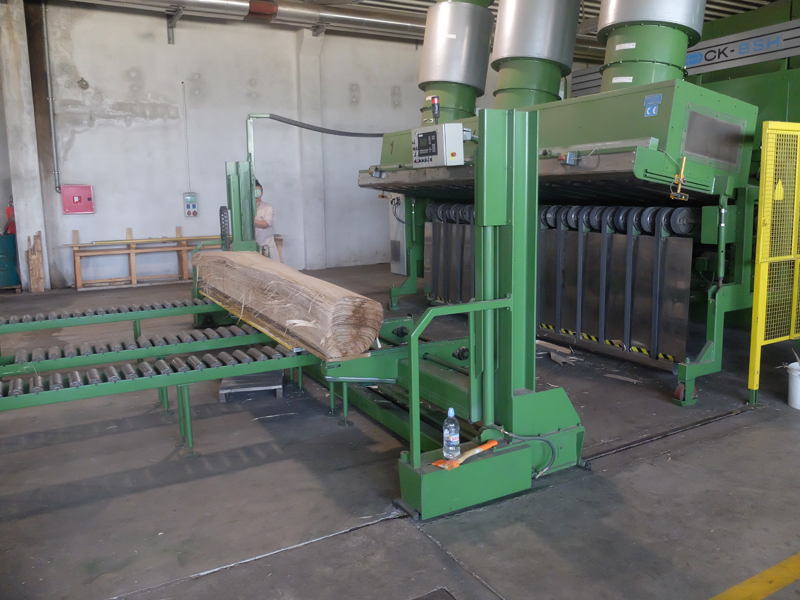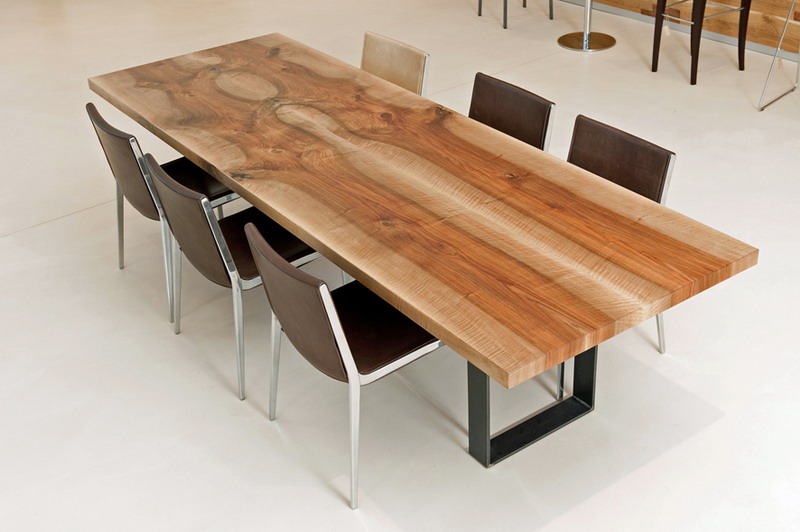The history of wood veneer
Wood veneer in the Middle Ages
Preserved objects and illustrations on tomb and ceramics enable us to follow the path of veneer from Egypt to Greece and the Roman Empire up to the Middle Ages. Veneer flourished in the Renaissance (from 1350 in Italy), in the Baroque and in the Rococo periods.
During those times, the production of even small quantities of veneer was so labour-intensive and time-consuming that this technique was solely used for decorative purposes and the objects produced were reserved for prosperous sections of society only.

Industrial Wood veneer production
At the beginning of the 19th century, the working methods for producing veneer were successfully mechanised. The transition from manual skilled craft to industrial production enabled veneering in large quantities. The first veneer factory in Germany was founded in 1843 in Freiburg. The present day veneer industry began with the start up of the first slicing machines in Hamburg (1870).
After the end of the Second World War, until the mid 1960s, veneer was the dominant surface material. The reason was the increased use of wood-based materials (especially particleboards) in the furniture, door and panel industry.

Wood veneer today
Nowadays pieces of veneered furniture are offered by almost all furniture stores, joiners, carpenters and cabinetmakers. They are affordable for all and brighten up millions of living rooms, kitchens, corridors and bedrooms with their unique surface.
